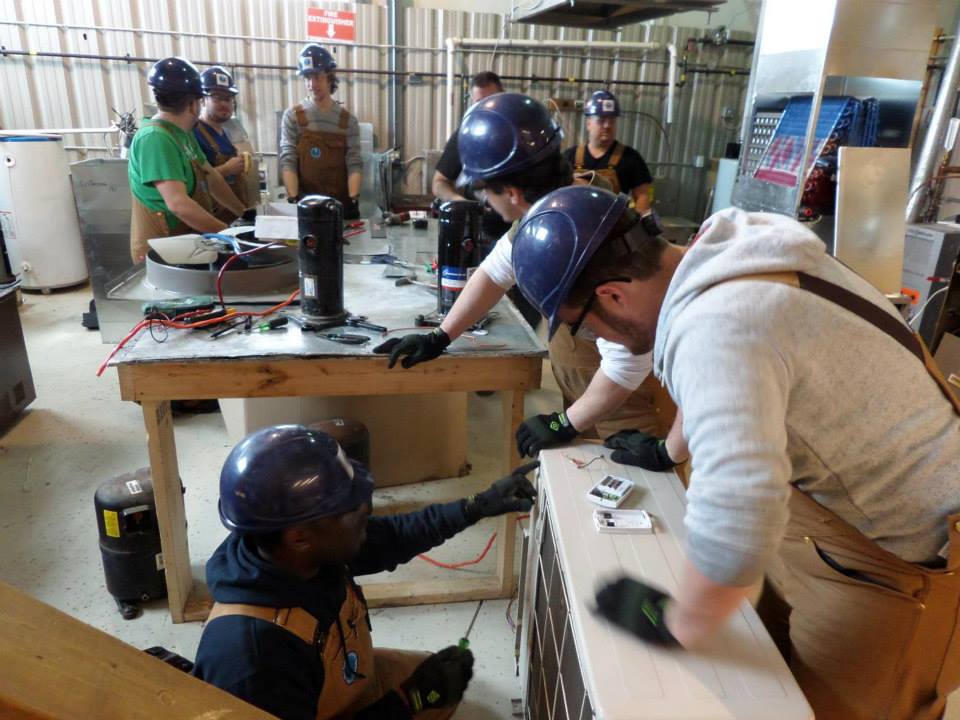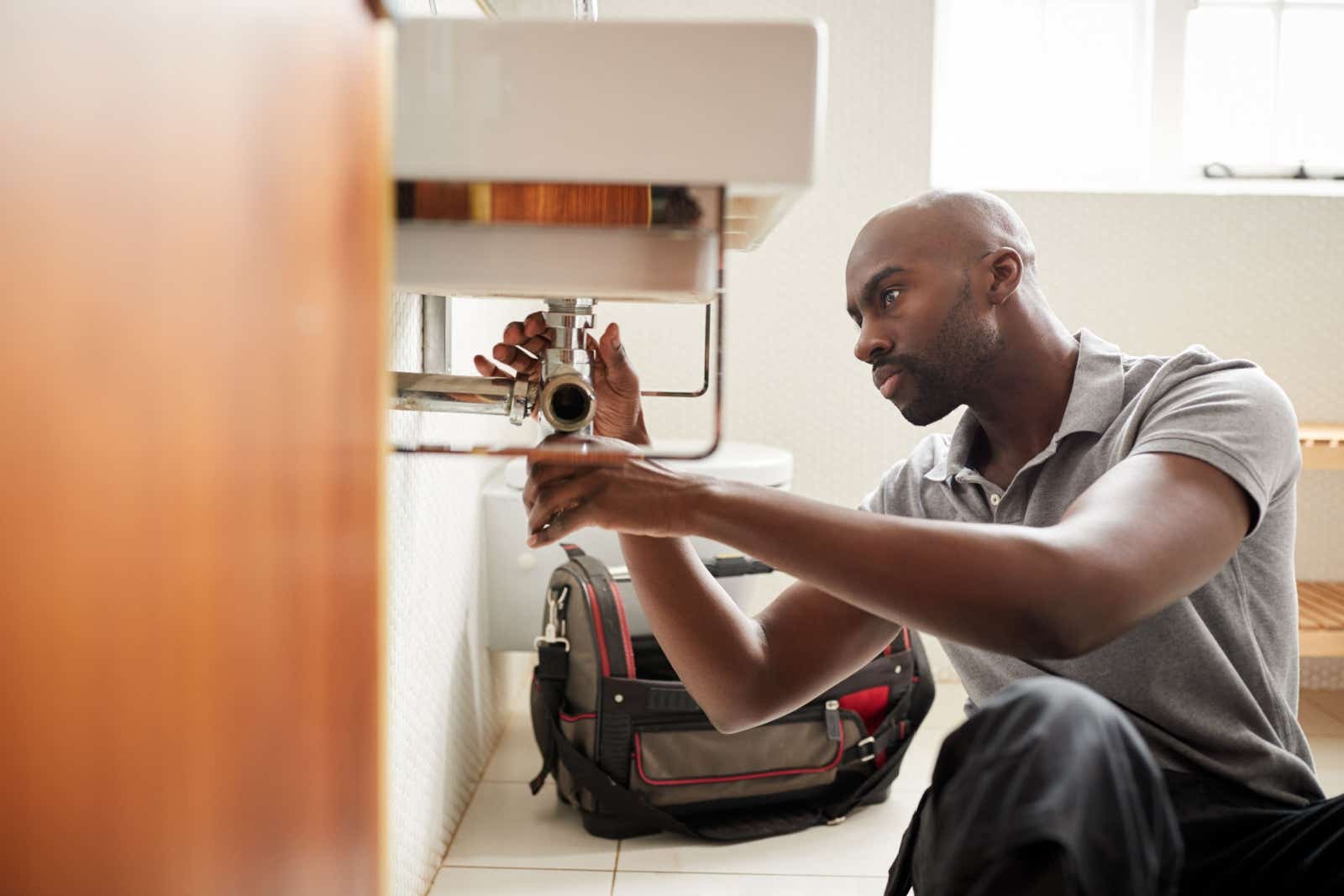Premier Plumber Alabaster AL Ready to Offer You Anytime
Premier Plumber Alabaster AL Ready to Offer You Anytime
Blog Article
A Step-by-Step Guide to Effective Hot Water Heater Setup for Optimal Performance
Getting started on the job of mounting a hot water heater is a venture that demands accuracy and a methodical method for achieving optimum performance. The process starts with the important decision of selecting the ideal heating system customized to the particular needs of your house, thinking about factors such as energy, type, and dimension source. As soon as selected, preparing the installation location to meet safety and security requirements is paramount. Nevertheless, the journey does not finish right here. As you proceed, the details of linking water supply lines and establishing reputable electric or gas links wait for, promising insights right into ensuring effectiveness and dependability.
Choosing the Right Water Heating System

Following, consider the size and capability of the water heating system. It's essential to assess your household's warm water requirements, which can differ based upon the variety of occupants and their usage patterns. An unit that's as well little might lead to insufficient hot water, while an oversized model might result in unnecessary energy consumption.
Efficiency ratings also play an essential duty in choice. Seek water heating systems with high Power Variable (EF) rankings, showing superior efficiency and lowered energy use. Tankless designs, though typically a lot more costly in advance, offer substantial power financial savings with time as a result of their on-demand home heating abilities.
Preparing the Installation Area
Prior to mounting a new hot water heater, precise preparation of the installment location is necessary. This makes sure a smooth setup process and aids stop future problems (Plumbing Alabaster AL). Begin by picking an ideal place that complies with local building regulations and security standards. The location ought to be dry, well-ventilated, and accessible for upkeep. It's essential to measure the room very carefully to fit the hot water heater's measurements, ensuring ample clearance around the system for efficient procedure and servicing.
Next, eliminate any kind of particles, dust, or obstructions from the site to produce a tidy atmosphere. Examine the flooring for security, as the hot water heater will require a strong, degree surface to operate efficiently. If required, set up a drip frying pan underneath the device to catch potential leaks or spills, avoiding water damage to the surrounding area. In regions susceptible to seismic activity, think about setting up seismic straps to protect the heating system firmly in position.
In addition, make sure that all essential devices and products are on hand before commencing the installation. This consists of products such as wrenches, screwdrivers, a level, and any added equipment required for protecting the heater and placing. A well-prepared installment area sets the foundation for a successful hot water heater arrangement, enhancing performance and safety and security.
Connecting Water System Lines
When connecting water supply lines to your freshly set up water heater, it is vital to guarantee that all links are safe and leak-free to keep effective operation and protect against water damage. Begin by identifying the chilly and hot supply of water lines. The chilly water inlet is normally marked with a blue label or a "C", while the hot water outlet is noted with a red label or an "H".
Usage versatile water heating unit adapters to assist in an easier installment process. These ports can soak up vibration and enable small activity, minimizing the threat of leaks. Prior to affixing the ports, position a plumbing technician's tape around the threaded ends of the water heater's inlet and electrical outlet pipelines - Plumber Alabaster AL. This tape functions as a sealer, preventing leakages. Carefully link the adaptable tubes to the respective inlet and outlet, making sure that they are not over-tightened Discover More however limited, which could harm the threads.
Once connections are in place, slowly turn on the primary water supply valve. Examine each connection for leaks by visually inspecting and feeling for moisture. Tighten connections as required, and guarantee the pressure safety valve is correctly installed, safeguarding versus too much stress accumulation.
Establishing Electric or Gas Connections
Appropriately establishing the electric or gas links for your hot water heater is a crucial action to make sure risk-free and effective procedure. For electric water heaters, begin by validating that the electric circuit is compatible with the heater's voltage and amperage requirements. Make certain the power supply is turned off at the circuit breaker to stop crashes. Link the electrical cords to the heating system complying with the producer's circuitry layout. Normally, this includes connecting the ground cord to the environment-friendly terminal, and the remaining cords to their matching terminals, securing each with cord nuts.
For gas water heating units, safety and security is vital. Attach the gas line to the water heater utilizing a versatile gas adapter, ensuring it is properly threaded and secured with pipeline joint substance or Teflon tape ideal for gas connections.
Once connections are made, check for any kind of potential leaks. For gas lines, use a soapy water remedy to the joints; bubbles indicate a leak. For electrical connections, verify that all circuitry is safe and secure and properly protected, preserving conformity with local electrical codes.
Checking and Readjusting for Performance
With the electrical and gas links safely in location, the next action is reviewing the functional performance of your water heating unit. Begin by thoroughly turning on the water supply and ensuring there are no leakages at any of the joints or valves.
Following, do a detailed assessment to guarantee the burner or gas burners are operating properly. For electric heating systems, use a multimeter to verify if the components are drawing the appropriate existing. In gas models, observe the heater flame; it must be steady and blue, suggesting efficient burning.
Adjust the setups as required to remove ineffectiveness. Consider carrying out insulation steps, such as including a hot water heater covering, to further boost performance by decreasing heat loss. In addition, check the anode pole's condition, as a worn-out rod can minimize performance and result in Home Page container rust.
Conclusion
Effective water heating system setup is vital for ensuring ideal efficiency and power savings. By choosing the appropriate type and dimension, and diligently preparing the installation area, a structure for success is developed. Securely connecting water system lines and meticulously establishing electrical or gas connections minimize prospective concerns. Thorough testing for leaks and exact thermostat changes to 120 ° F boost reliability and efficiency. Abiding by these actions advertises lasting performance and power preservation in household water heating unit.

Appropriately establishing up the electric or gas links for your water heating system is an important action to make certain efficient and safe operation. For electric water heaters, begin by confirming that the electrical circuit is compatible with the heating unit's voltage and amperage demands. Link the gas line to the water heating unit making use of an adaptable gas adapter, guaranteeing it is properly threaded and sealed with pipeline joint substance or Teflon tape ideal for gas connections.
Report this page